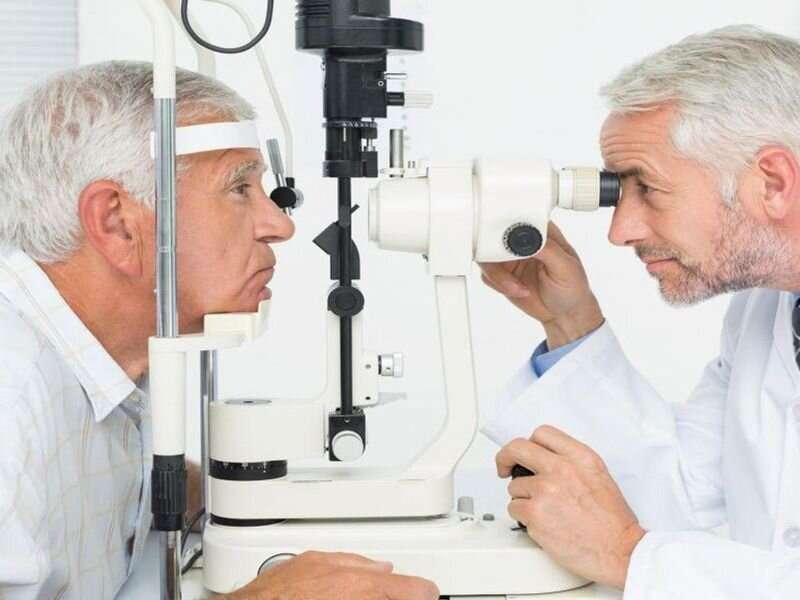
(HealthDay)—Managing your diabetes can be tough, but your eyes might thank you for it.
Diabetic retinopathy is a diabetes complication that damages the retina’s blood vessels, often resulting in vision loss and blindness. The condition occurs in more than half of people with diabetes.
It affects nearly 8 million Americans and that number is expected to double by 2050, according to an American Society of Retina Specialists (ASRS) news release to mark Diabetic Eye Disease Awareness Month in November.
“With new technologies that aid in early diagnosis and breakthroughs in treatment, we’ve entered a new era in which no one with diabetes need suffer the devastating effects of diabetic retinopathy,” ASRS president Dr. Philip Ferrone said in a society news release.
“With more awareness about the condition, including the common risk factors and symptoms to watch for, everyone with diabetes can be armed with the information they need to preserve their sight,” Ferrone added.
Anyone with diabetes—including type 1, type 2 and gestational diabetes—is at risk of developing diabetic retinopathy. The longer a person has diabetes, the greater their risk. Other factors that increase the risk include: poor control of blood sugar levels over time; high blood pressure; kidney disease; high cholesterol levels; and pregnancy.
Many people have diabetic retinopathy for a long time without symptoms. By the time symptoms appear, there may be significant damage.
Symptoms may include: blurred or distorted vision; difficulty reading; spots or “floaters” in your vision; a shadow across the field of vision; eye pressure; difficulty with color perception. People with any of these symptoms should get checked as soon as possible.
Treatments for diabetic retinopathy include intravitreal (inside the eye) injections, laser treatments and surgery.
People at risk for diabetic retinopathy can protect their vision by: controlling blood sugar, blood pressure and cholesterol; maintaining a healthy weight; taking all prescribed diabetes medications; getting regular dilated retina exams; quitting smoking; and staying active.
Source: Read Full Article
